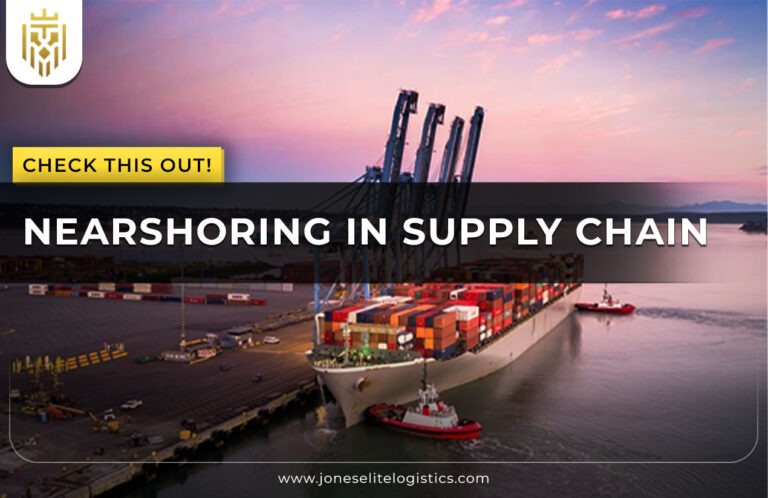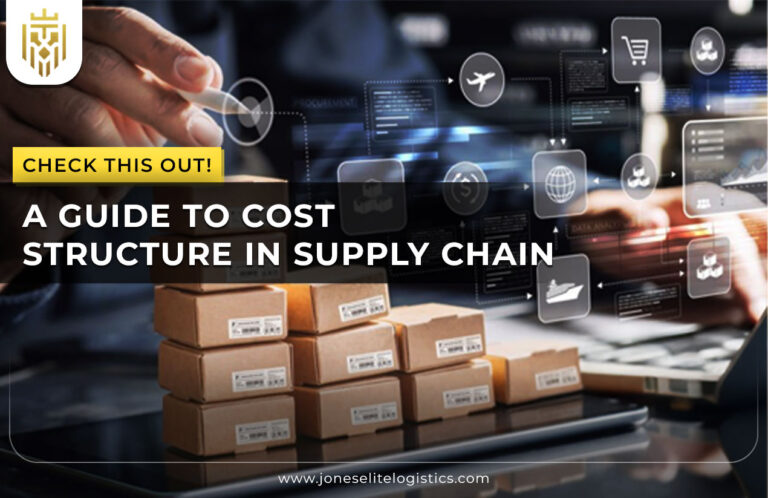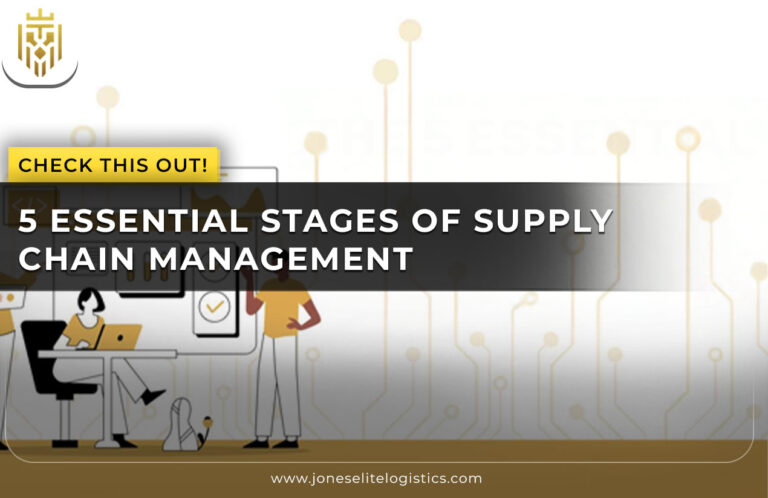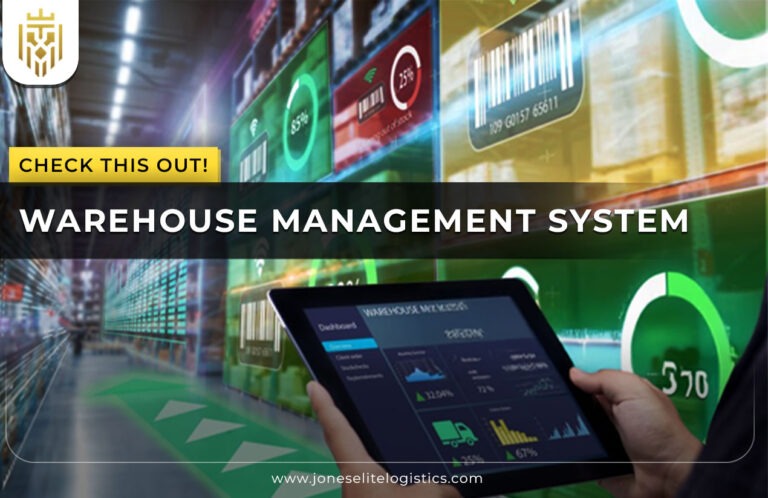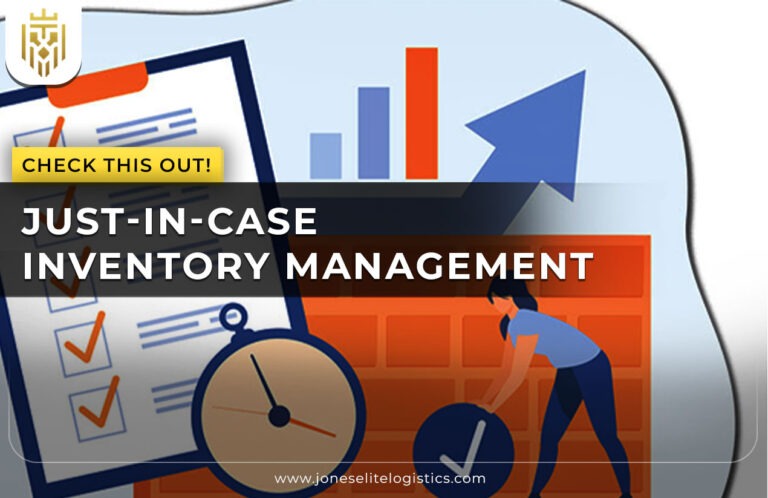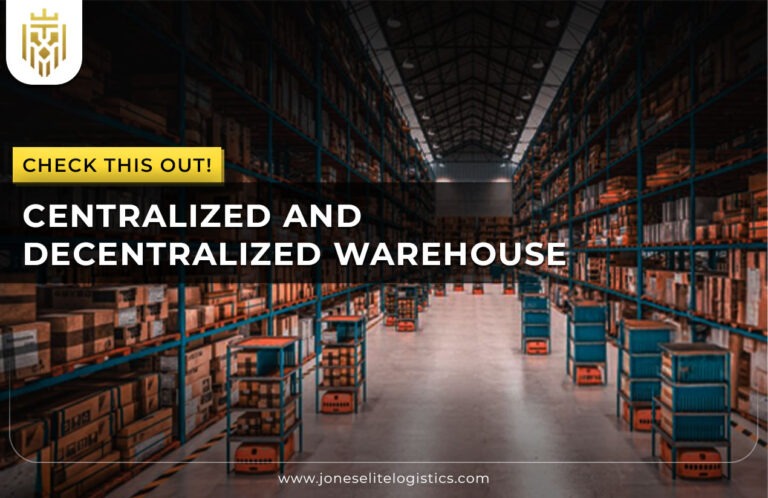What is Supply Chain Flow?
Supply chain flow mostly refers to the systematic movement of goods, information, and finances along the supply network. It is taking raw material sourcing from one end and delivering finished products to the consumer on the other end. Such streamlined movement means there is efficiency and clarity at every step of the supply chain management lifecycle.
Why is Efficient Supply Chain Flow important in e-commerce?
In e-commerce, supply chain flow is an important element in curbing operational costs and satisfying customers’ interests. An uninterrupted supply chain management process flow enables inventory control, fast deliveries, and strong customer relationships, giving businesses a competitive edge in the digital marketplace.
What are the Types of Supply Chain Flow?
There are three types of flow that are involved in the supply chain process flow: product flow, information flow, and financial flow. Each of these flows is important for ensuring coordinated efforts across the whole ecosystem of supply chain management and process improvement in the areas of sourcing, production, and delivery.

-
Product Flow:
Product flow is a movement of goods in a physical scenario, from source to final destination. Product flow includes logistics activities such as storage, transportation, and returns. A well-managed supply chain process flow means minimising the time taken for movement while ensuring the quality of the goods is maintained.
-
Information Flow:
Information flow performs a vital function to support the supply chain flow. It truly facilitates real-time updates from suppliers, distributors, or manufacturers to the customers. This information includes updates about inventory levels, shipping status, and product specifications, allowing for better-informed decisions and providing transparency in the supply chain management cycle.
-
Financial Flow:
Financial flow involves the movement of money in the supply chain management system, covering payments for goods, credit terms, and cash flow planning. This means that the smoothness with which the financial aspect of the supply chain flow is handled is paramount for the build-up of trust for smooth operation between all partners within the supply chain.
Stages of Supply Chain:
The stages of a supply chain that facilitate the smooth flow of goods, information, and currency are: sourcing, production, distribution, and delivery.
-
Sourcing:
Sourcing comprises the identification and management of suppliers of required materials. This phase is crucial for developing an effective cost-wise supply chain management process flow. Contract negotiations, supplier evaluation, and risk assessment ordinarily establish the premise for quality and reliability in the whole process.
-
Production:
Production involves the processes that convert raw materials into final products. It includes the manufacturing process, quality control checks, and assembly. Optimizing the supply chain process flow during production will ensure consistency and speed, which directly impacts product availability and customer satisfaction.
-
Distribution:
Distribution is the movement and storage of goods until they reach the end users. Distribution relies on inventory optimizations, logistics planning, shipment timing, and timely delivery. Reliable supply chain process flow chart integration into this stage validates proper tracking and cost-efficient movement of goods across the distribution network.
-
Delivery:
Delivery involves getting the final product to the customer efficiently. There are transportation logistics to manage and customer communication. An effective supply chain flow in the delivery stage strengthens the service promise of the company and improves customer retention ratios.
Advantages of Supply Chain Flow
A smooth supply chain flow with established stages offers the following advantages: enhanced customer satisfaction, better risk management, operational efficiency and cost reduction, and faster order fulfilment.

-
Enhanced Customer Satisfaction
A smooth supply chain process flow preserves customer satisfaction by reducing lead times and improving product availability. The greatest benefits come from extreme optimization across all phases—from sourcing to delivery—ensuring consistent top-quality service and fostering long-term customer relationships.
-
Better Risk Management
Early detection of risks such as delays or shortages is another advantage brought about by efficient supply chain management. It allows for the up-to-the-minute supervision of the supply chain and quick reaction to any disruption to ensure business continuity while countering negative effects on both customer service and operational performance.
-
Operational Efficiency and Cost Reduction
An effective supply chain flow reduces inefficiencies by slashing waste and automating repetitive tasks. Therefore, with better planning and utilization of resources, not only can companies save money overall, but they can also use the resulting National resources available toward furthering their profits through supply chain management.
-
Faster Order Fulfilment
An efficient supply chain process flow accelerates order processing through the elimination of wastage and greater efficiency in logistics. Such factors give businesses a competitive edge, boost inventory turnover, and meet increased consumer expectations for swift and accurate delivery in the prevailing marketplace.
Challenges for Supply Chain Flow:
Maintaining a smooth and stable supply chain flow can be challenging as certain aspects can occasionally be overlooked that can lead to severe issues in the delivery of goods. Some of these challenges include: rising costs and freight prices, material scarcity and shortages, port congestion and delays, and demand forecasting.

-
Rising Costs and Freight Price
Escalating freight costs and transport costs oppose the smooth running of the supply chain, which ensures profitability. These price hikes overstress budgets and constrict organizations to update their logistics so that an effective supply chain management process flow continues to be feasible.
-
Material Scarcity and Shortages
Material shortages interrupt supply chain management processes, causing delays in production and unmet deadlines. Such incidents are often framed in political wars, natural calamities, or sudden industrial upturns, thereby impacting various propagation processes in the supply chain process flow.
-
Port Congestion and Delays
Severe bottlenecks have been created in the supply chain process flow due to port congestion, thus delaying shipments further and increasing costs. Businesses have to adapt to these delivery problems by diversifying shipping routes and optimising inventory in order to meet customer expectations.
-
Demand Forecasting:
Demand forecasting stands as one of the daunting hurdles in the cordon of supply chain management, mainly due to the inconsistent nature of market trends. Variability in customer demand, in conjunction with seasonality and economic changes, has always been the causal agents toward customer’s accurate planning failing, often leading to an overstock situation somewhere in the supply chain flow and the stock running out in some other place.
FAQs
1.What is Supply Chain Flow?
Supply chain flow mostly refers to the systematic movement of goods, information, and finances along the supply network. It is taking raw material sourcing from one end and delivering finished products to the consumer on the other end.
2.What are the Challenges for Supply Chain Flow?
Maintaining a smooth and stable supply chain flow can be challenging as certain aspects can occasionally be overlooked that can lead to severe issues in the delivery of goods. Some of these challenges include: rising costs and freight prices, material scarcity and shortages, port congestion and delays, and demand forecasting.
3.What are the Types of Supply Chain Flow?
There are three types of flow that are involved in the supply chain process flow: product flow, information flow, and financial flow. Each of these flows is important for ensuring coordinated efforts across the whole ecosystem of supply chain management and process improvement in the areas of sourcing, production, and delivery.
4.Why is Efficient Supply Chain Flow important in e-commerce?
In e-commerce, supply chain flow is an important element in curbing operational costs and satisfying customers’ interests. An uninterrupted supply chain management process flow facilitates inventory control, quick deliveries, and developed customer relationships that give the business a competitive edge in the fast-paced digital marketplace.

